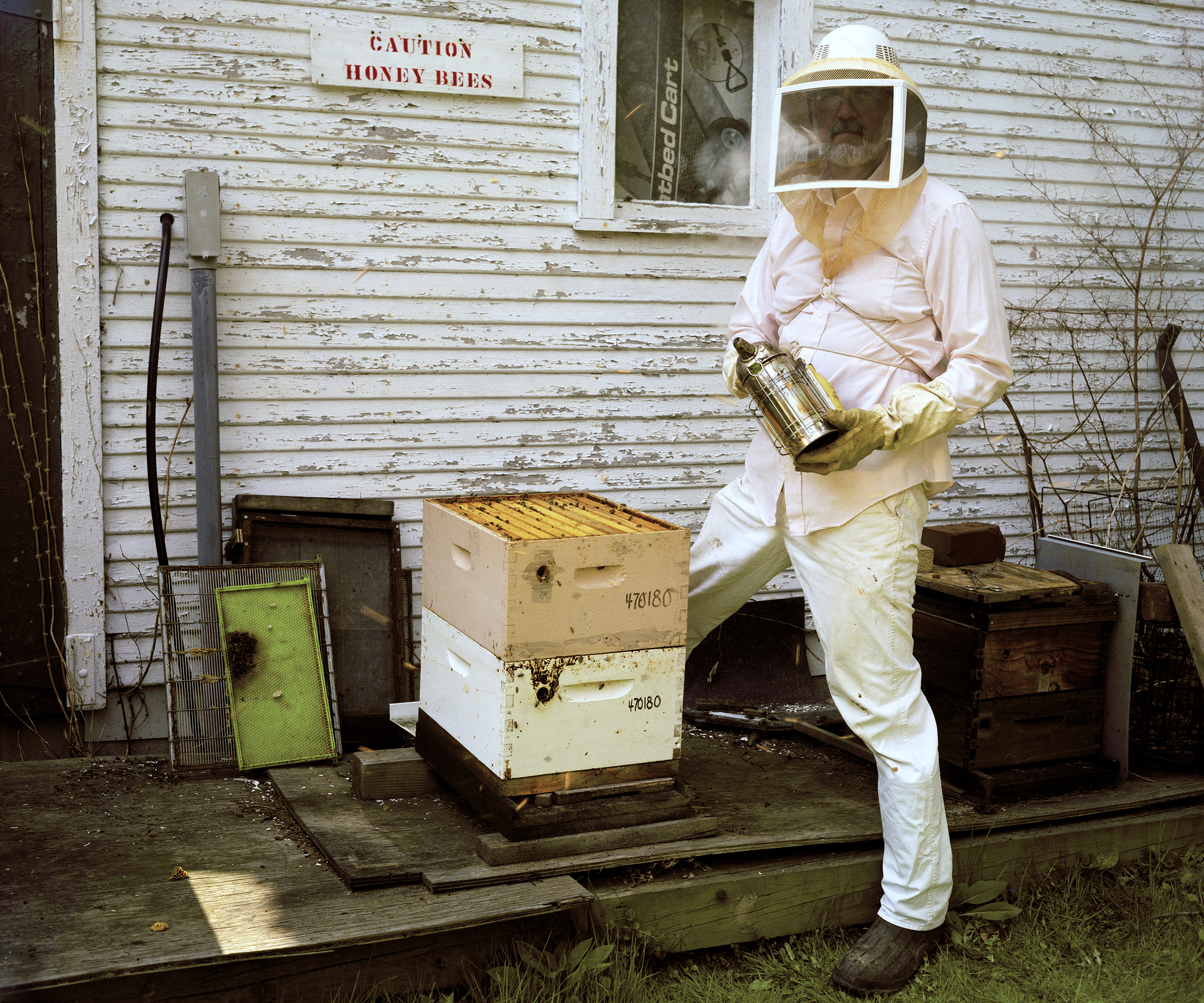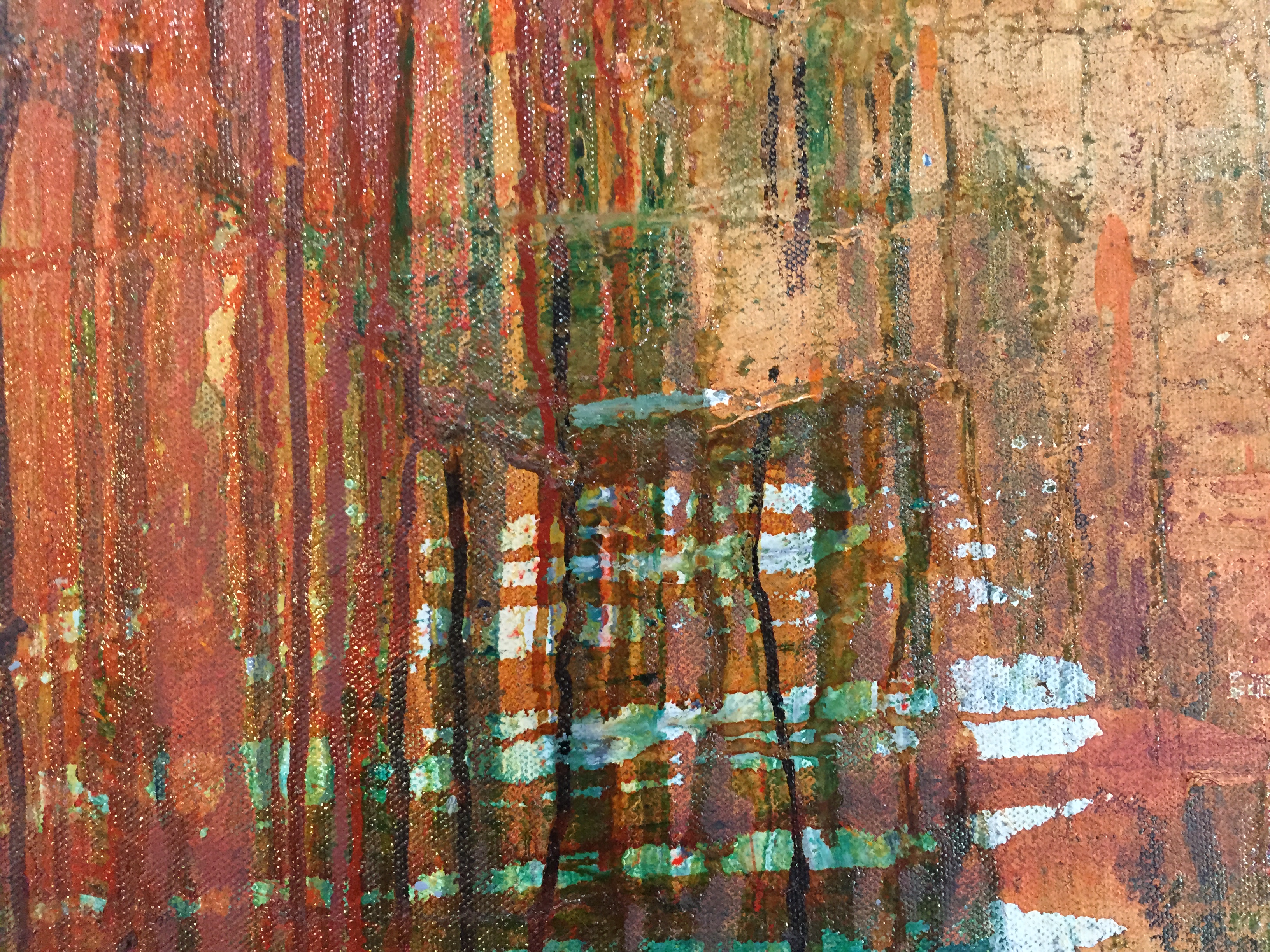CHASING UNICORNS
Mythologies of progress in american landscapes
OPENING RECEPTION: WEDNESDAY APRIL 8, FROM 6-9 PM
ON VIEW APRIL 8-28, 2015
“What I’m trying to tell you is, do what the f*ck you want, stand up for what
the f*ck you believe in. I’m a f*cking unicorn and f*ck anybody who say I’m not.
”
A+E Studios is pleased to present Chasing Unicorns: Mythologies of Progress in American Landscapes, a group exhibition featuring the work of Annie Shinn, Arden Surdam, Chaney Trotter, Costanza Theodoli-Braschi and Vernon O’Meally.
Contemporary rap, medieval tapestries, New Yorker cartoons, kitschy online videogames, marketing textbooks, and the Bible: all number among the realms of the unicorn. Once associated with virginity and representations of Christ, today’s multicolored cartoon unicorns evoke notions of untamed individuality, campy surrealism, and a sparkling, self-possessed specialness. As thousands of glittering unicorn memes frolic though cyber space, pooping rainbows and sneezing glitter, they’ve taken an allegorical place in millennial culture.
Baby boomers (b. 1946 -1964) raised gen-Y kids, aka millenials, in a time of great prosperity. The collapse of the Berlin Wall in 1989 solidified the political and economic hegemony of capitalist society around the globe, profoundly inflating American cultural confidence. In the US, individuality became prized above all other patriotic virtues, creating an atmosphere of ideological self-assuredness and infusing millenials with the idea that, much like unicorns, innate specialness (+ a college degree) guaranteed a magically meaningful life.
In the words of New York Magazine writer Nora Malone, “It might be hard to create a generation more metaphysically ill equipped to deal with this new tough shit world.” Indeed. That tough shit world, served up by the global financial crisis, greeted millenials like a cold shower as they sprung ambitiously into adult life in the aughts. And yet as a group, gen-Yers maintained mysteriously optimistic attitudes towards the future.
Co-curated by Allison Barker and Jessica Speiser, Chasing Unicorns showcases contemporary American landscapes, which explore the dual nature of progress implicit in great economic shifts. The artists in this exhibition respond to their shifting physical and cultural environments with a nostalgic attitude toward past, a conflicted relationship with the present, and imaginative optimism for the future, bringing to light the essential role of American mythmaking in times of challenge.
In a world where prosperity creates disparity, connectivity becomes vital in its absence, and isolation solicits neglect, the romanticized realms depicted in Chasing Unicorns bring to light the essential role of the American dream at times when our environments challenge us most.
[ARTISTS]
ANNIE SHINN
With contrasting layers of unexpected color, Shinn creates linear compositions, which compile multiple perspectives of a scene into one mystical place and time in her canvasses. For each piece in this collection, the artist has applied 10 luminous layers of paint, in some cases enveloping objects from her studio into the work. While the artist’s abstracted landscapes typically take inspiration from natural environments, recent work exhibited here, represents personal reflections on the vibrant, noisy, cityscapes of the LES where she lives and works.
ARDEN SURDAM
These images of postgraduate life in rural communities surrounding American universities convey the surreal challenges facing those who have invested deeply in their educations but remain unable to migrate to the urban centers designed to support them as adults. In these works, Surdam captures the very essence of the false starts, frustrations, and lackluster lifestyles which confront otherwise ambitious, highly creative young people in America today.
CHANEY TROTTER
Trotter’s glowing botanical sculpture conveys increasingly nostalgic contemporary attitudes towards nature, fostered by the commercial mythologies of ecotourism and the cinematic hyperbole of eco-documentaries. But unlike the gift shop at the nearest National Park or the mellow, dramatic narration of the BBC’s famed Nature series, Trotter’s totemic work evokes somber contemplation, turning our attention to the dehumanizing prospect of a world without wilderness.
COSTANZA THEODOLI-BRASCHI
This collection of Polaroid photographs by Theodoli-Braschi document a cross-country motorcycle journey the artist took with her father in 2011. On a vintage Polaroid Land camera, she captured impressions of the ghost towns crisscrossing the American South West. The photographs, which she describes as a “visual poem of the journey,” canonize the fragile remains of a once booming industrial economy. At once haunting and hypnotic, these images romanticize the ghosts of progress, while foreshadowing the ever-expanding sprawl of American ruins.
VERNON O’MEALLY
Despite the often grim financial realities of urban living, artists continue to flock to American cities. Graffiti artist Vernon O’Meally arrived in New York in 2011, taking up residence on subway cars and in the city’s streets. O’Meally’s structured linear configurations celebrate the mystical interconnectivity of urban life. They symbolize the disintegration of earlier terms of classification and the weaving of a new, shape shifting social fabric based on the imagination, diversity, and spontaneity, which define America’s creative capitals.















